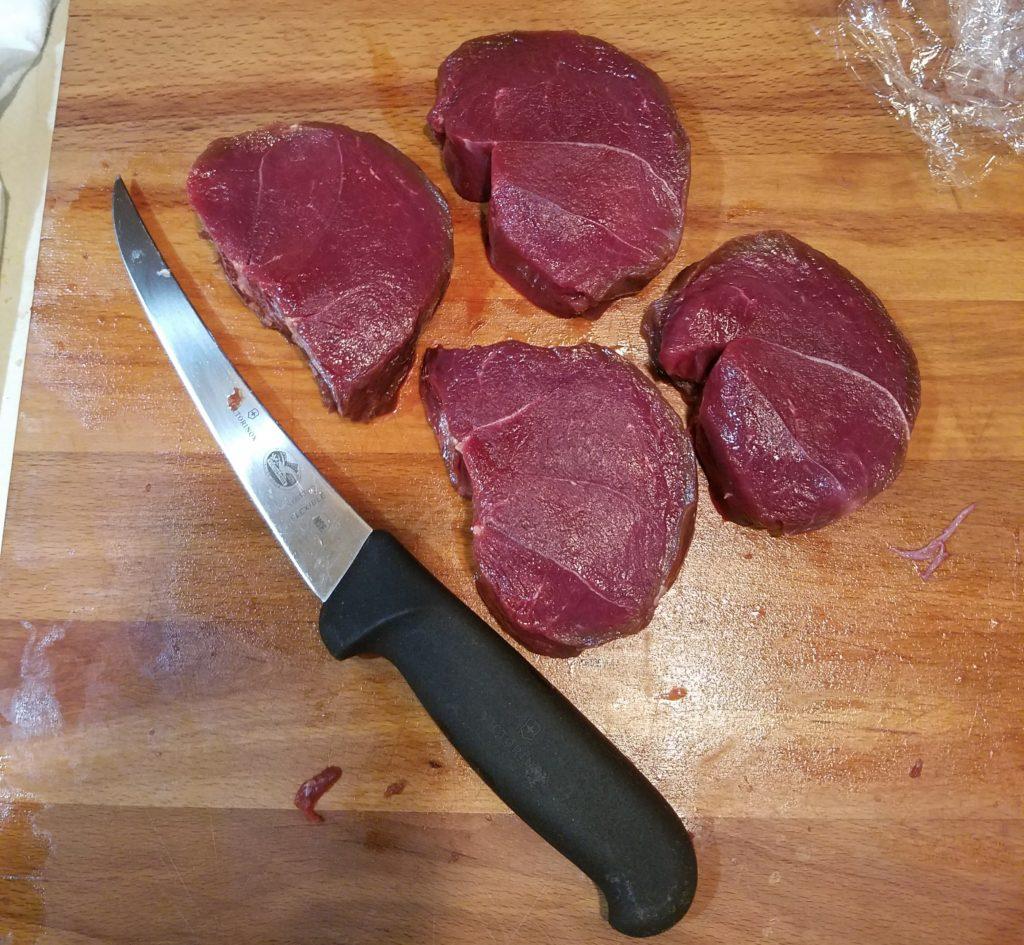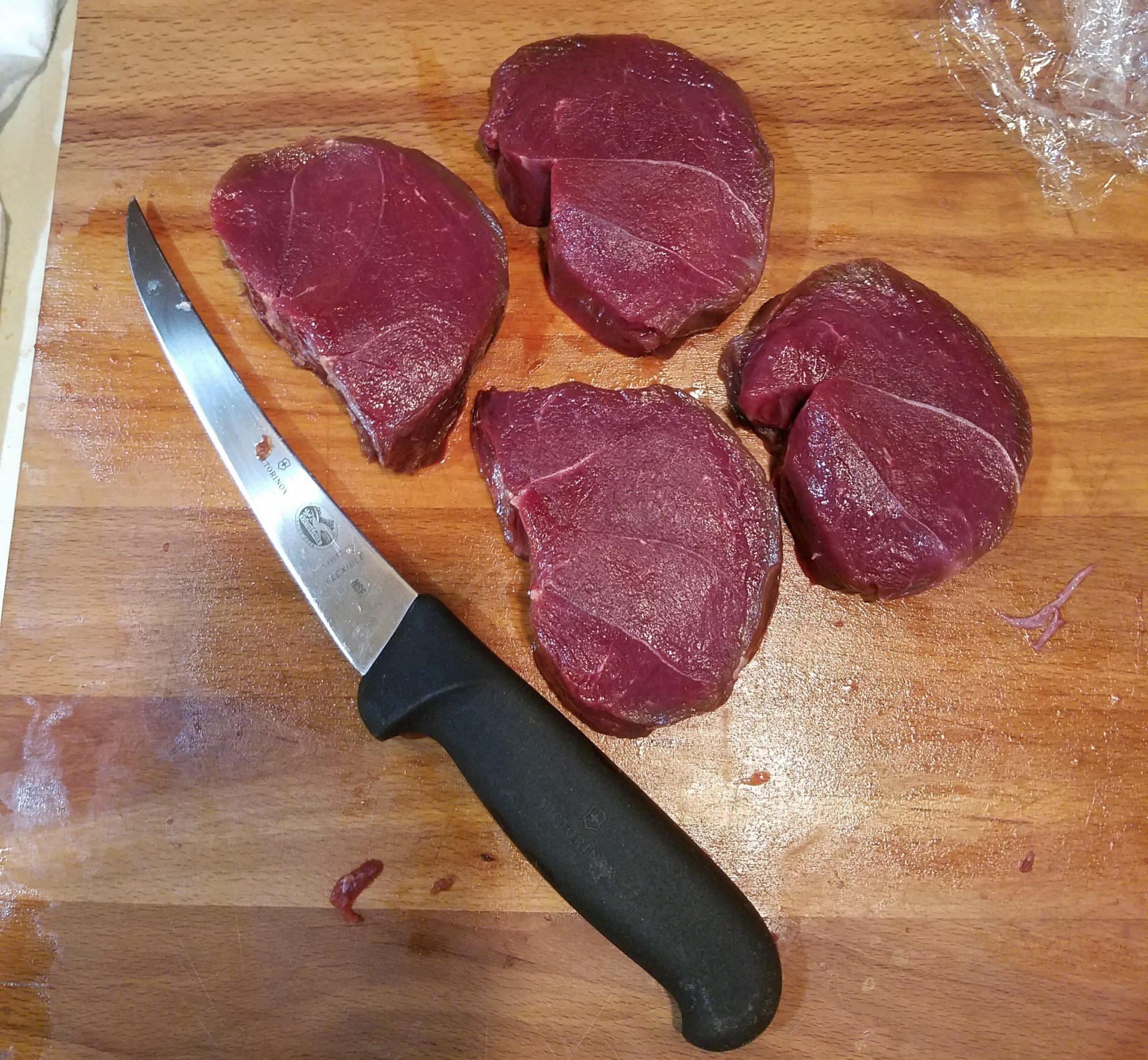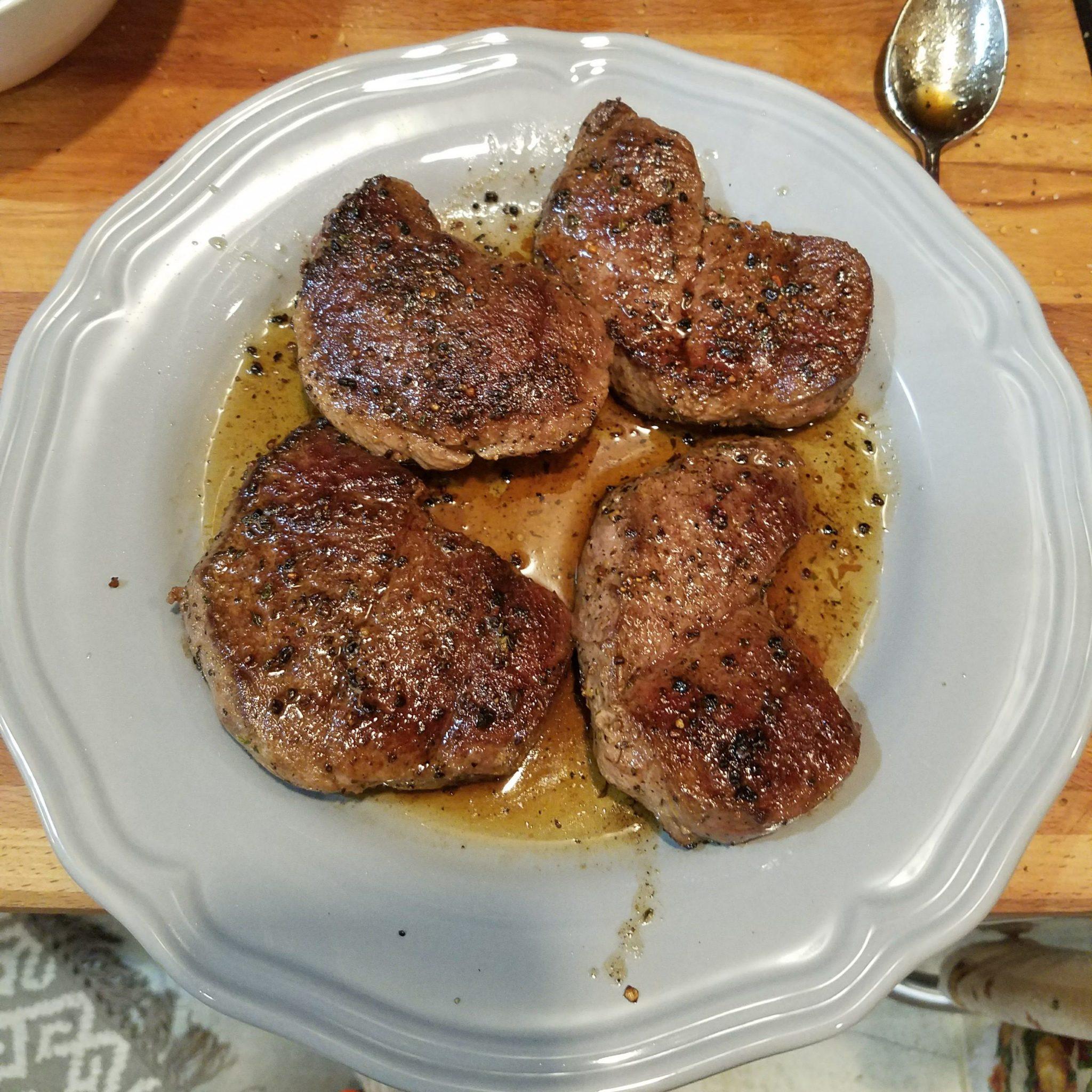If you ask any avid meat lover about their favorite big game meat, the usual response usually revolves around deer. However, there is a hidden gem that often goes unnoticed – the pronghorn antelope. While it may not be the first or even the second choice for many, I dare to challenge that notion. In my opinion, pronghorn antelope steak is the epitome of delectable big game meat. But here’s the catch: to unlock its full potential, you need to handle it with care.

Pronghorn antelope meat is incredibly sensitive to mistreatment, particularly during the hunting and butchering process. It’s important to note that the same applies to all types of meat. If you neglect the proper steps, you risk perpetuating the stereotype that antelope meat tastes terrible. So, let’s dive into the key factors that can make or break your antelope eating experience.
The Need for Speed and Proper Handling
Pronghorn antelopes are the ultimate speed machines. With the exception of the African Cheetah, no other land animal can match their lightning-fast pace. This incredible speed is a result of their exceptionally strong and lean muscle tissue. However, this very same muscle tissue is prone to a buildup of lactic acid while running. If the antelope you hunt has been engaged in a sprint, the meat is almost guaranteed to have a gamey taste due to the significant buildup of lactic acid.
The second crucial aspect of antelope meat is the way you handle it after the kill. Quick cooling is of utmost importance. As soon as you take down your antelope, promptly gut it and keep the body cavity open to facilitate rapid cooling. Skinning and quartering the animal further aid in the cooling process. When it comes to gutting and skinning, make sure to keep the meat clean and prevent any hair, dirt, or plants from coming into contact with it. Remember, any unwanted elements that touch the meat will affect its flavor. You wouldn’t season a piece of meat with dirt and fur, would you?

Pronghorn Antelope Steak Recipe: Unleashing the True Flavor
Ingredients:
- Antelope Steaks – trimmed of all silverskin, excess fat, and connective tissue. Cut THICK, 1-2″. Please don’t cut your steaks thin! You don’t want a thin steak at a steakhouse, so don’t do it at home.
- 2 Tbsp. Vegetable Oil – Or another high-temperature, neutral flavored oil
- Fresh Ground Pepper
- Coarse Sea Salt
- Fresh or Dried Rosemary or Thyme
- 2 Garlic Cloves, crushed
- 1/4 C. butter
- Steak Seasoning (optional!)
Directions:
1. PREPARE YOUR INGREDIENTS: Ensure your antelope steaks have been properly trimmed, cleaned, and patted dry with a paper towel. Apply salt and pepper (or steak seasoning if you insist) and let them rest at room temperature.
2. HEAT YOUR CAST-IRON SKILLET: Bring your cast-iron skillet to a high temperature. While using a cast-iron pan is not mandatory, it has proven to be the best option for achieving the perfect crust on a steak. Cast-iron retains heat exceptionally well and is naturally non-stick. It’s crucial that your skillet is thoroughly heated. To ensure even heat distribution, you can preheat it in the oven before cooking. Don’t rush this step! If your pan isn’t uniformly hot, it’s not ready yet. A simple trick to check readiness is to touch the top edge of the pan. If it’s hot, you’re good to go!
3. COOK YOUR STEAK: Add the oil to the cast-iron skillet and place your steaks inside. Make sure there’s sufficient space between the steaks to allow for maximum heat exposure. Cook for 3-5 minutes on the first side, or until you achieve a delightful crust. Cooking time may vary depending on the meat’s temperature, thickness, and the pan’s temperature. Flip your steaks and prepare to add the butter, garlic, and herbs.
4. ADD BUTTER, GARLIC, AND HERBS: After flipping your steak, add the butter to the pan, breaking it into pieces. As the butter melts, add the crushed garlic cloves and herbs. Baste the steaks with this fragrant mixture as they continue cooking. Use a meat thermometer to check the internal temperature, removing the steaks from the pan once they reach 135-140° F.
5. LET YOUR STEAK REST: Now, pay close attention! Beyond the meticulous preparation in the field, this step is crucial. Once your steak reaches the desired doneness, place it on a plate, spoon the pan butter, herbs, and garlic cloves over the top, and cover it with foil. Let it rest for at least 10-15 minutes. As a general rule of thumb, rest your meat for as long as it took to cook.
6. SERVE IT UP: Plate your steaks and drizzle any resting juices and leftover butter on top. Serve with your choice of sides, and savor the flavors you’ve unlocked!

Antelope hunting is an adventure I highly recommend to all big game enthusiasts. These creatures are not only beautiful and intelligent but also offer a thrilling challenge. To top it all off, they provide the most delectable meat I’ve ever tasted. My 2015 Limited Entry Utah Archery Antelope hunt remains etched in my memory as the most unforgettable hunting experience. If you have the opportunity, I encourage you to venture to the western United States for a once-in-a-lifetime hunt and chase the mighty speed goat.
Live Wild Eat Wild



